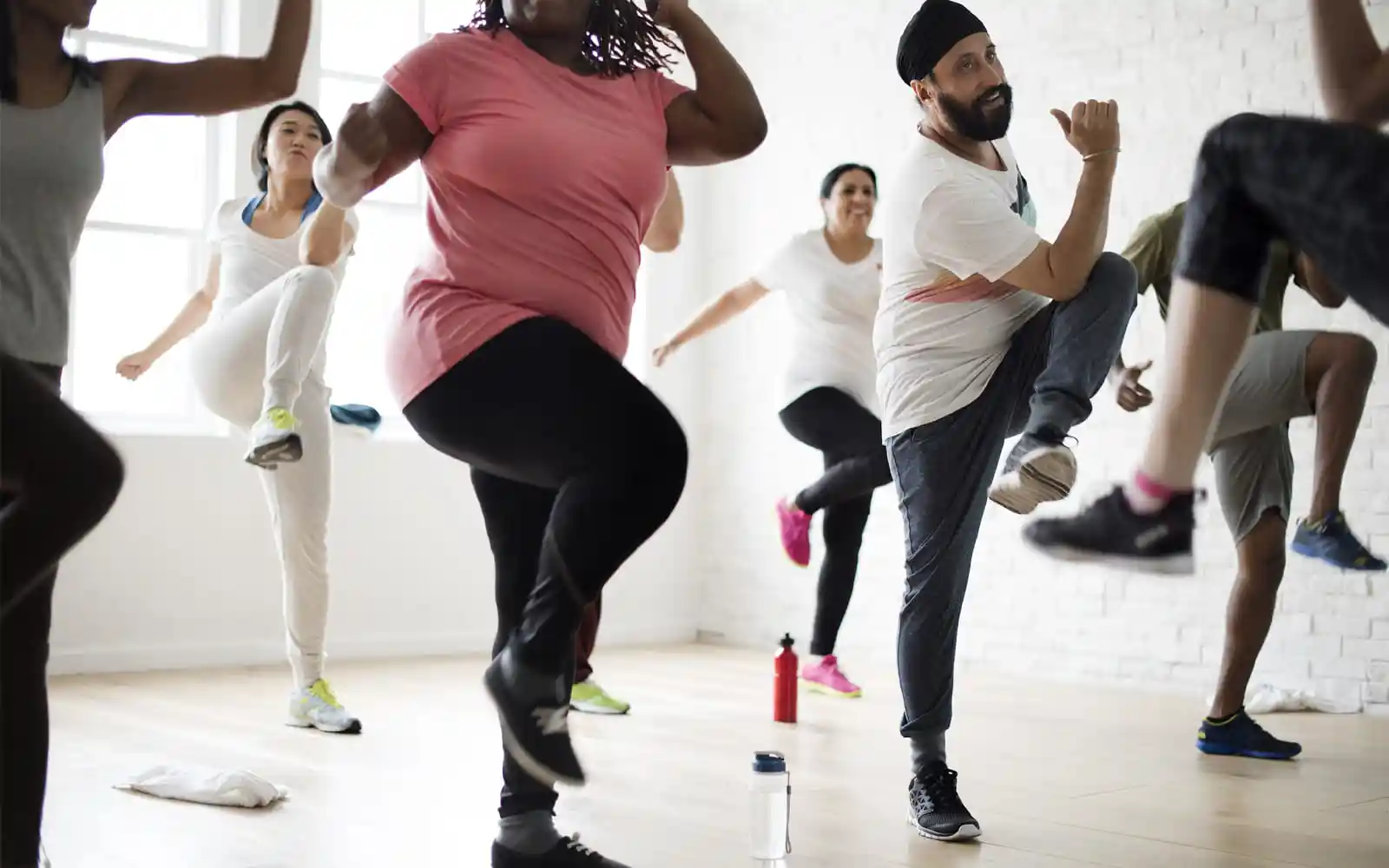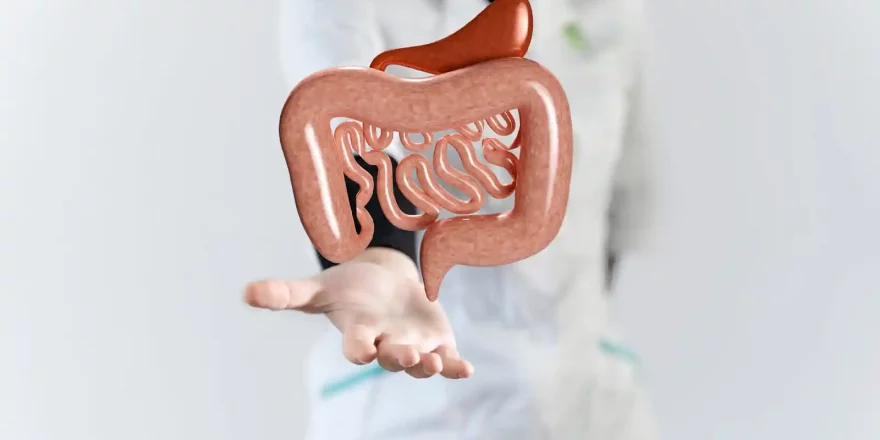Exercise directly affects health and fertility, making it a great tool to improve hormone levels, adjust weight and reduce appetite. Excess weight is the problem most people face, and increasing exercise improves the fertility of most men and women, but we’re not all the same, and this isn’t true for everyone.
The morefertile® Personal Fertility Profiles promote lifestyle changes for individual needs rather than what’s right generally. Underweight men and women have reduced fertility, which affects them proportionately more than being overweight, and more exercise will make this worse. However, most people face the challenge of losing weight, and regular exercise is a crucial part of achieving their goals:
- Exercise generally helps reduce weight, improve hormone balance, and promote hypothalamus gland function.
- Overweight women who exercise gently for an hour 3x a week get pregnant more often and are less likely to have a miscarriage.
- When overweight women exercise 30 minutes most days of the week, they get pregnant more often and are less likely to have miscarriages.
- Official recommendations for overweight or obese adults is to take 225-300 minutes of moderate physical activity a week. i
Nearly all overweight people raise their fertility by losing weight, and taking exercise help to change habits, reduce appetite, burn calories and be positive about life.
Exercise for normal-weight women
While the advice for the overweight is clear, it’s less simple for people of average weight, as regular strenuous exercise for normal or low-weight women can significantly reduce fertility. A study that separated women with regular cycles, similar age, weight and cycle length into either:
-
- An inactive group
- A recreational running group
Their menstrual cycles were studied for three months, with daily tests for follicle-stimulating hormone (FSH), estrogens, progesterone and creatinine (which reflects energy use in the muscles), and our adaptation of the results is:
| Criteria | Inactive women | Exercising women | ||
|---|---|---|---|---|
| Cycle length variations | 100% were regular | 54% were regular | ||
| % that ovulated (3 cycles) | 90% | 45% | ||
| Of those cycles: | Ovulated | Anovulation | LPD* | |
| 45% | 12% | 43% | ||
| Length of follicular phase (days) | 15.9 | 14.8 | n/a | 17.9 |
| Estrogen levels (days 2-5) | Normal | All significantly lower | ||
| Estrogen levels (days 6-12) | Normal | Normal | Stayed lower | |
| Length of the luteal phase (days) | 12.9 | 12.9 | n/a | 8.2 |
| Progesterone levels ug/mg | 5.0 | >3.7 | 0.8 | 2.9 |
| Rise in FSH at ovulation | 1.0 | 1.1 | n/a | 0.7 |
| Energy (creatinine) | Lower |
*LPD: luteal phase deficiency
The striking thing is inactive women were twice as likely to have menstrual cycles that could support a pregnancy than the runner women. The cycles of many of the recreational runners were too short to support pregnancy because:
- The luteal phase needs to be at least 10 days for successful implantation.
- The progesterone levels were too low to support a pregnancy, even if there was an implantation.
However, it’s unlikely these women knew there was a problem, as the cycle lengths were reasonably standard (26.1 days) and had two recognisable phases, which can be part of luteal phase deficiency.
Our interpretation of the study
The women who took up recreational running became less fertile because:
- The chances of a fertile cycle fell by half.
- Only 54% of them had regular cycles.
- Irregular cycles reduce fertility, and when cycle lengths vary by over ten days in a year, fertility falls by 75%. iii
- The exercising women who didn’t ovulate had significantly lower energy (creatinine) levels.
- Follicle development relies on estrogen levels in the follicular phase, again, lower for exercising women.
It takes energy to build follicles, eggs and the womb lining in the follicular phase, and limited energy supplies typically make cycles longer or, in extreme cases, cycles stop. Exercising used up precious energy reserves, leaving those women with less to grow the womb lining and the follicles, and the longer follicular phases reflect this. Poor energy supplies affect the development of the dominant follicle, and an imperfect corpus luteum (with low progesterone levels and shorter luteal phases) is often due to imperfect dominant follicle development in the follicular phase.
Advice on exercise
There’s a point where increasing the frequency, duration or intensity of physical activity reduces fertility, which depends on individual body types and exercise levels:
- Low to normal-weight women who do regular strenuous exercise are more likely to reduce their fertility than overweight women or women who do lighter, less frequent exercise.
- Low BMI women are better off taking exercise that doesn’t “exhaust” them, such as body balance, pilates or yoga. Taking up Tai-Qi or Qi-Gung is perfect as they don’t just exercise; they can actively improve fertility levels.
- For overweight and obese women, reducing weight remains crucial to better hormone balance, and changing eating and exercise habits are crucial tools.
- One approach doesn’t fit all, and personalised advice is the best advice.
ii ‘High Frequency of Luteal Phase Deficiency and Anovulation in Recreational Women Runners: Blunted Elevation in Follicle-Stimulating Hormone Observed during Luteal-Follicular Transition’ M. J. De Souza B. E. Miller, et al. The Journal of Clinical Endocrinology & Metabolism, Volume 83 Issue 12, December 1, 1998
iii‘Menstrual cycle pattern and fertility: a prospective follow-up study of pregnancy and early embryonal loss in 295 couples who were planning their first pregnancy’. Henrik A. Kolstad, et al. Fertility and Sterility Volume 71, Issue 3 , Pages 490-496, March 1999




